We are off topic a little bit, but you are probably getting used to that.
– David DuChemin, 2020
That is maybe my favorite quote from David DuChemin’s new online photography course, ImageWork. I have been both a friend and a student of DuChemin’s teaching for many years, and this quote is such a great wrap up of his teaching style, which has never been more evident than in this latest course.
DuChemin can throw a lot at you, from 20 different angles, all at one time. In most of these cases, a student might be overwhelmed, but somehow, this teaching style from DuChemin just works. He knows how to explain his creative process and how you should think about yours in ways that don’t make any sense, yet make perfect sense. It’s beautiful.
Take for instance the 18 lessons in his new course. What do you think you will learn in the lessons ‘King of Darkness’ or ‘Religious Movement’? You will learn exactly what DuChemin wants you too, but you won’t know it until it hits you.
Unlike most photography classes, which either focus on the ABC’s of the field process (composition, rule of thirds) or the digital darkroom process (How to lighten, darken, add filters) DuChemin takes a unique approach to his teaching. He shows you 18 of his favorite completed images and works through both the field and digital dark room process behind that image. The first half of each lesson discusses the creative choice that DuChemin made in the field to get the image, and the second half of the lesson will show how he edited that image in Adobe Lightroom to maximize the effect that the image was supposed to have. It’s not a ‘How to edit’ class in the least, as DuChemin expects his student to have a basic knowledge of editing in Lightroom. He does include a ‘Lightroom Essentials’ Video in the class material however, for those people who are just beginning their Lightroom journey.
And when you do sit down to edit the photos with DuChemin, this isn’t your traditional Lightroom editing course. It is a course that shows you how to bridge the connection between crafting the creative vision in your mind before the shot and how to make sure that creative vision is translated when you begin your work in the digital darkroom.
DuChemin just KNOWS how to teach. I raved to everyone I knew how much I learned from his last course, The Traveling Lens. And for this course, DuChemin has packaged it in a bundle with his highly respected course ‘ImageStory.’ Like all his courses, this course is only open for enrollment for a very limited time, so you must enroll before September 18th. Don’t say I didn’t warn you! Click the banner image below to register.

Below is a collection of my favorite lessons and quotes that I took away from the ImageWorks class. Accompanying the quotes is DuChemin’s photos that he uses in these lessons, but in what might be my favorite aspect of the class, he provides the original unedited DNG files and encourages you to apply your own edits, using the creative blueprint he laid out for you in the class. So that’s just what I did! It was fun editing David’s incredible images, and the process got me so inspired to be back on the road in my happy place. But now, I will be a little more prepared to capture the moments that tell a story as they unfold in front of me.
“Our photographs look the way they look by how we see, and what we are drawn to”
This is a great intro that still gets lost in the fast moving world of trying to be a photographer. All these years later, I still sometimes find myself fighting against what I am naturally drawn too. Trying to please others instead of pleasing myself. And when I do that, I never get the visual stories that move ME.
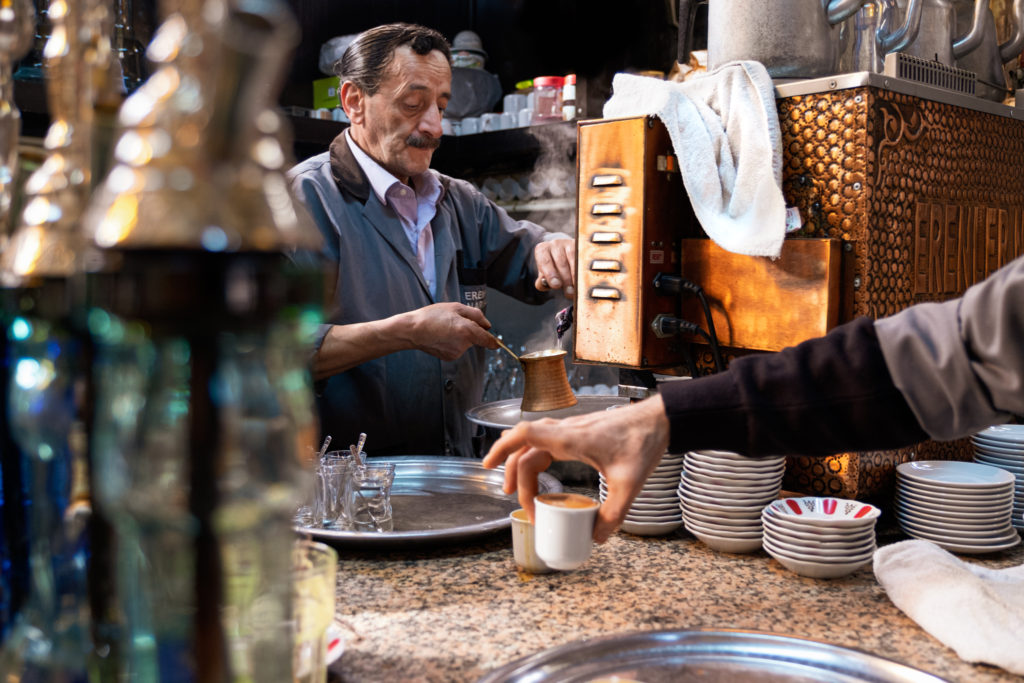
The time spent second guessing your camera, is time lost and moments missed.
I have been preaching this for years in my own travel workshop teachings. The beauty of travel documentary photography is capturing split second moments in time. The world flies by quickly. Moments that tell a dramatic story are fleeting. If you waste time messing with settings and positions, you will miss the moment that inspired you.
A little bit of noise is easier to deal with than missing the moment entirely.
Here, DuChemin is describing how he shoots in challenging low light conditions. All too often, photographers are afraid to push the limits of their ISO for fear of noise in their images. When they refuse to accept the reality that you NEED that high ISO to capture the scene in front of them, they often miss the shot entirely by capturing nothing but a blurry ‘abstract.’
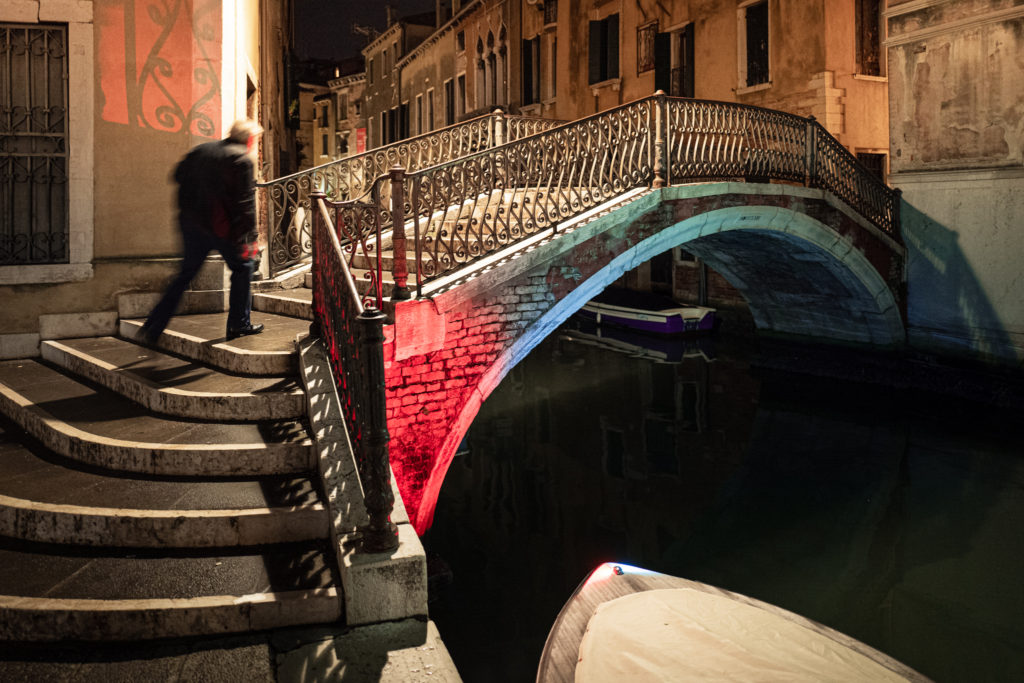
A creatively correct exposure is more important than a technically correct exposure.
Rule #1 of documentary photography. Your camera is Artificial Intelligence, not Artificial Creativity. Your camera can show you how to capture the ‘correct’ exposure, but is that exposure conveying your creative vision with the scene? Underexposing, overexposing, and creative use of depth of field are just a few of the automatic camera settings you need to overwrite in order to capture your creatively correct exposure.
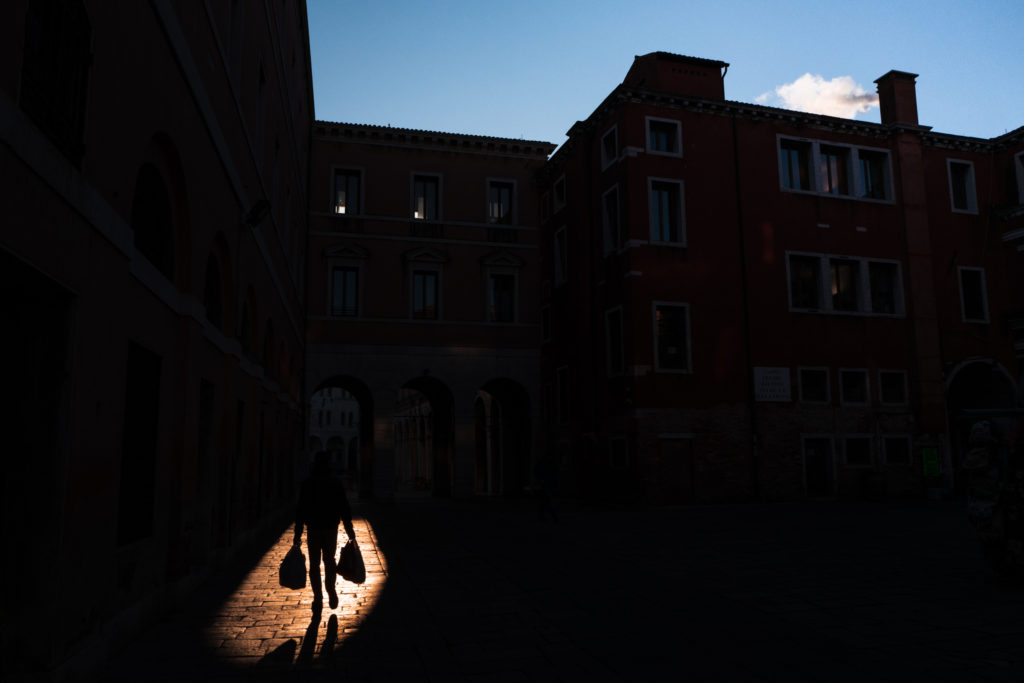
Adding an illusion of depth can make a simple scene more dramatic.
This is something that DuChemin does so well, and to this day, I often struggle with it. It’s important to use elements in your vicinity to create depth that adds to the story. This depth can often make a rather mundane image an interesting image.
Learn Patience!
This is another one of the valuable lessons I learned in DuChemin’s Traveling Lens class. Identifying a great shot in your mind that doesn’t exist in front of you as of yet. Just be patient, be ready, and sit back and wait for the moment to arrive.
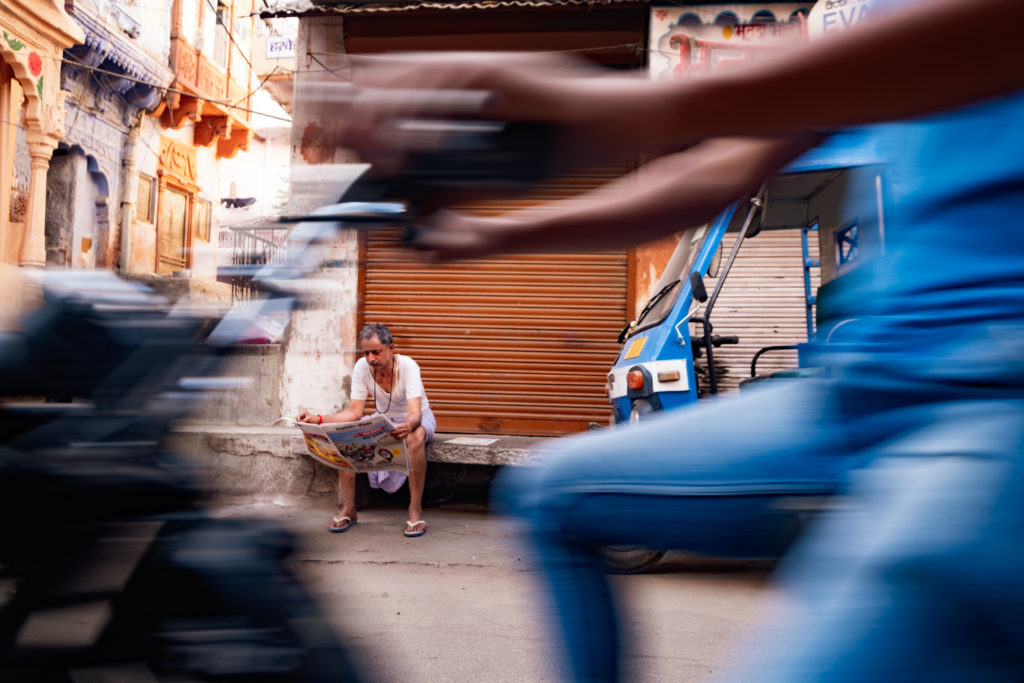
The viewers imagination is a powerful hook. The more we feel a part of an image, the more our emotions will get drawn into it.
So true. Often we are so wrapped up in showing everything in the frame, showing every aspect of the story, that we leave very little up to the imagination of the viewer. Some of the most powerful photos in history have been ones that invoke emotion from the viewer by making them feel like they are part of the scene, and letting their imagination put the details to the story.
More detail equals more competition for the subject.
Similar to the above lesson, often less is more. Put too much detail in front of your viewer, and their eyes won’t know where to focus their attention. With documentary photography especially, it’s critical that the viewers eye lock onto the subject and slowly move through the frame, following the story for maximum impact. Put too much in front of them, and that eventual impact is dwindled.
Green is a bully
DuChemin literally said the color green is a bully. I never ever thought of it before, but you know what, he isn’t wrong!
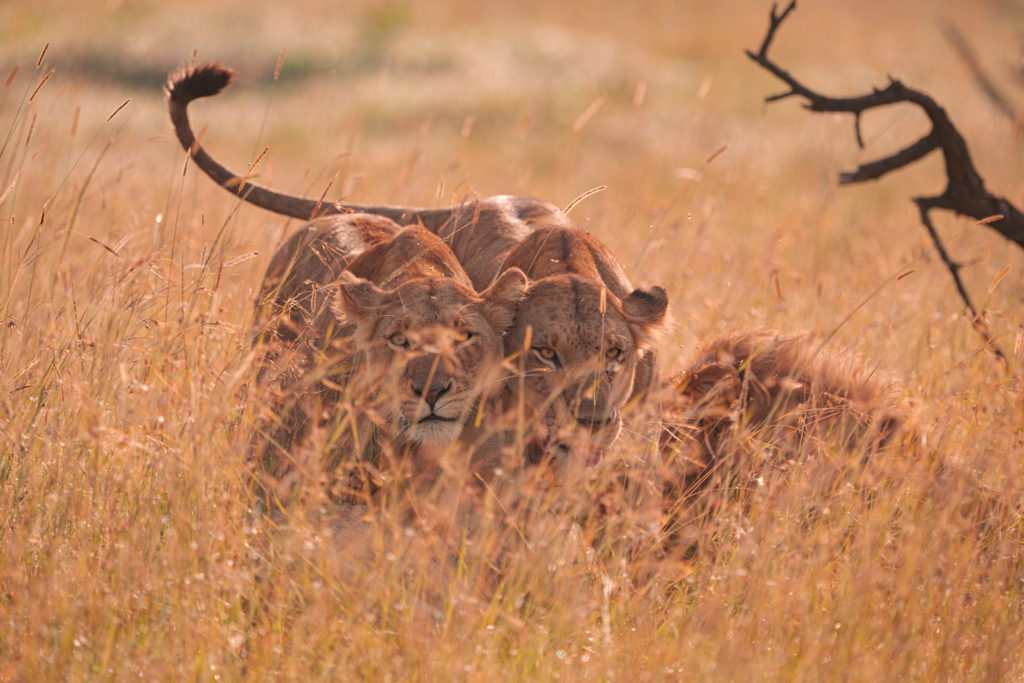
If you get 5 minutes you might never get again, you better be ready.
I loved this lesson, where DuChemin talks about one of my favorite images of his, a Priest in a light beam from a cross shaped window. As we have discussed before, moments are fleeting. There is no time to ‘nail down the settings.’ You have to be ready to move quick and get the shot, because that moment in time is never going to happen again.
In this same lesson, DuChemin talks candidly about how he wishes he did things differently in hindsight when capturing this photo, which helps train the viewer to think more creatively when they are faced with similar situations.
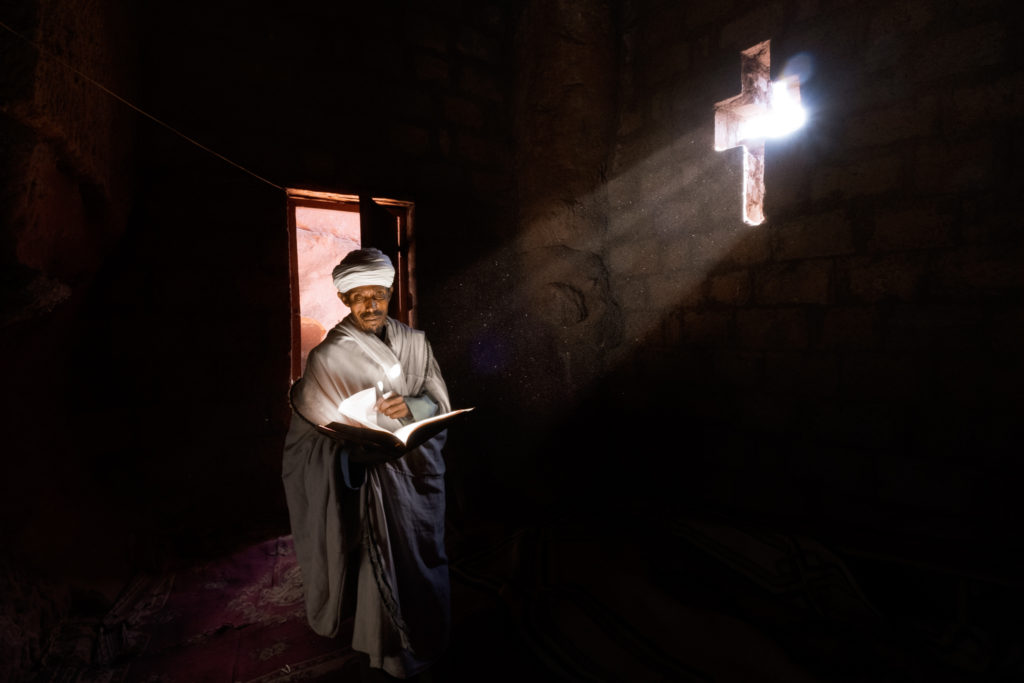
A less than a intentionally exposed moment will always be better than a perfectly exposed photo of a missed moment.
Are you starting to see a common theme here? DON’T MISS MOMENTS BY TRYING TO GET EVERYTHING PERFECT!
Look for frames within a frame.
This is another thing DuChemin excels at. Yes, it is possible to have a mini frame within a bigger frame, you just need to train your eye and your mind on how to see it. And when you do, it can lead to powerful images.
Post production can turn a snapshot into a great shot? No, it cannot.
‘I’ll fix it in post’ is a comment I hear so often from photographers. And while somewhat possible when it comes to color and light, you can’t fix composition and timing of the moments that unfold during your journeys.
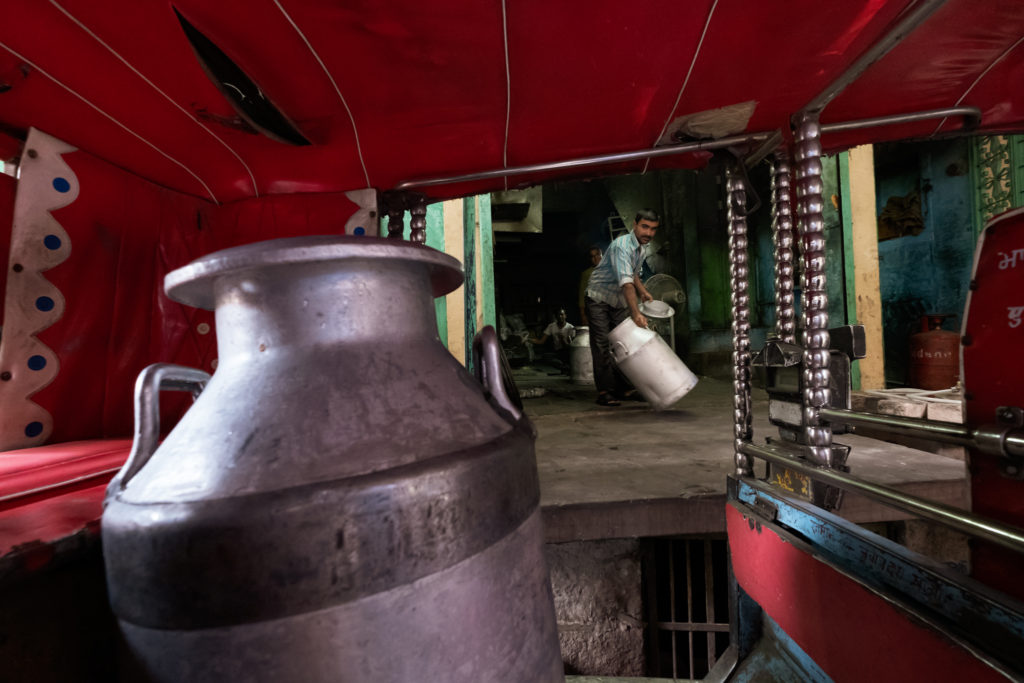
Our true tools are lines, shapes, light and colors, not the camera and lenses.
Needs no commentary!
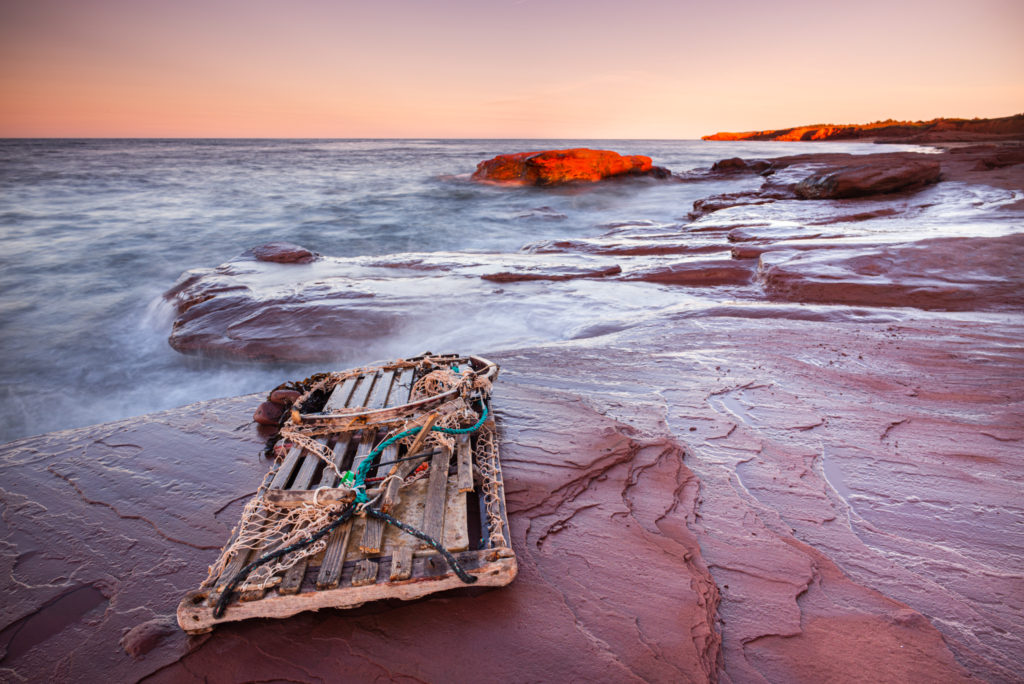
The true subject is not what you are making the photograph of, but what the photograph is about.
We spend too much time focused on the subject of the photo, we often forget to tell the viewer the story about the relationship between the subject and the surrounding elements.
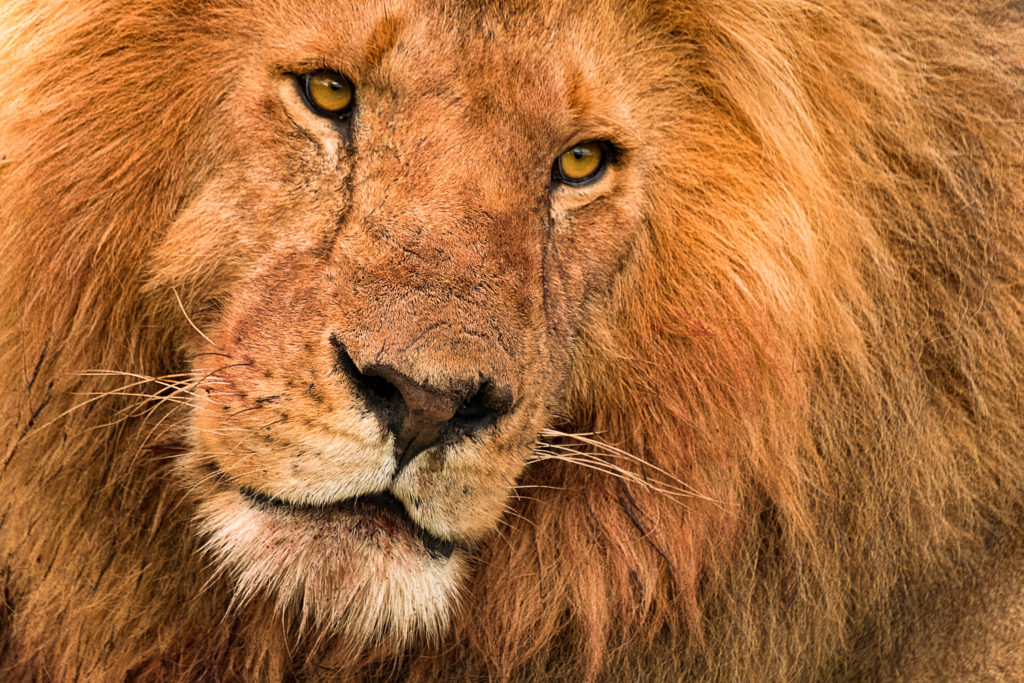
You control the relationship between the elements in a photograph, simply by moving.
Ah, the lost art of walking. This is why I like to shoot travel documentary photography with a prime lens. Without the luxury of zoom, I am forced to move myself, which shows me different relationships between my subject and the elements.
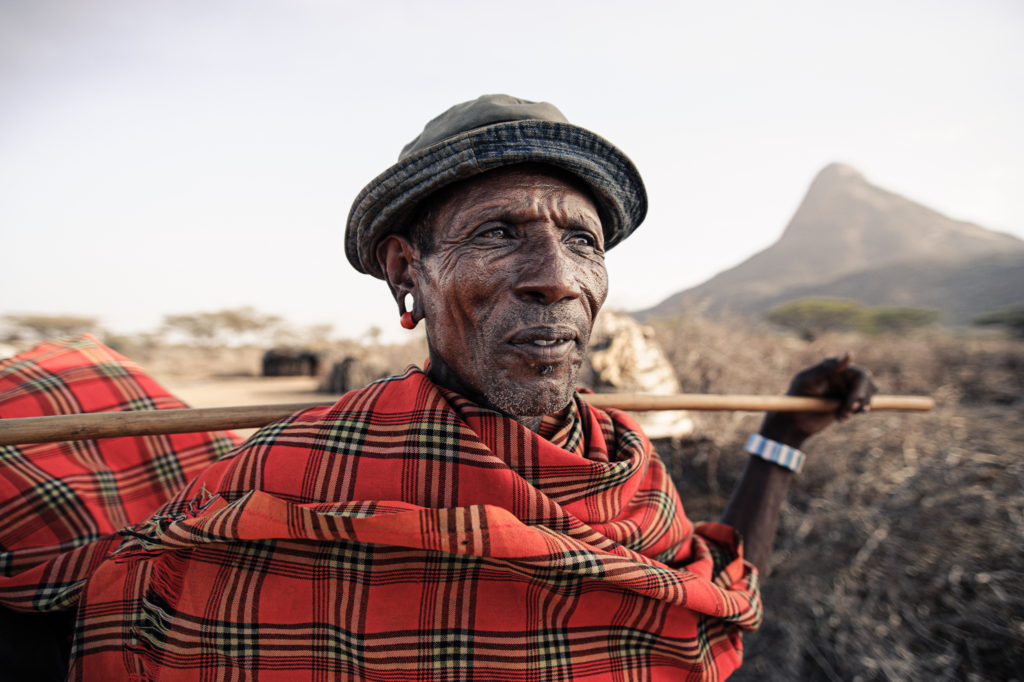
Create a relationship between your subject and their surroundings.
No matter what lens you are using, there is always a way to create a relationship between your subject and their surroundings. You just need to be creative.
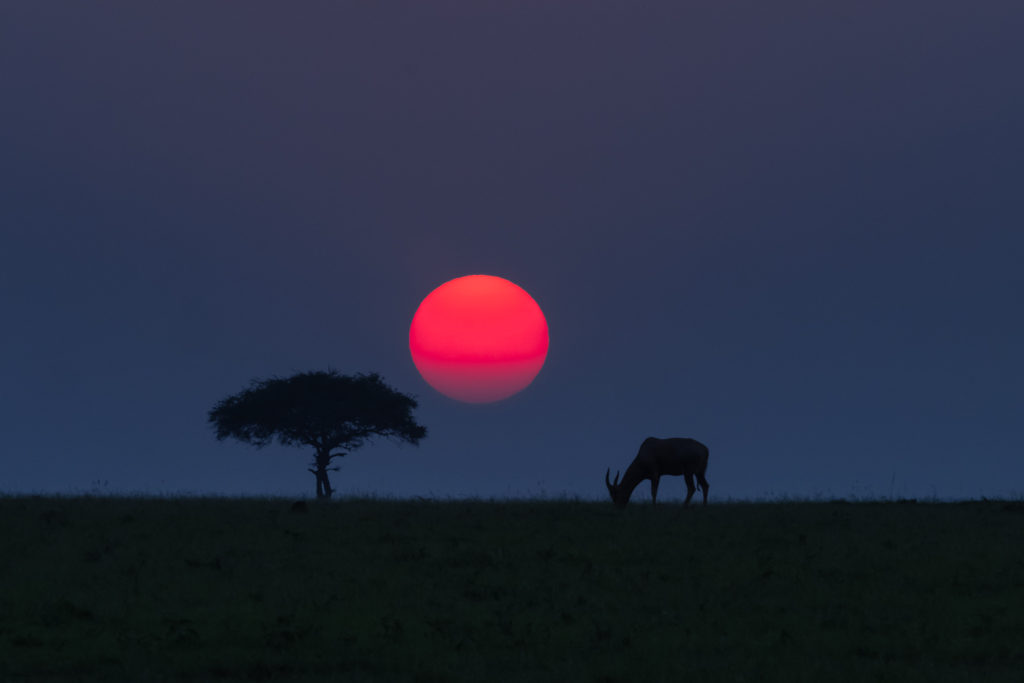
There are photographers out there who can tell you much more about how their lens is made than about how their photographs are made.
This. All. Day.
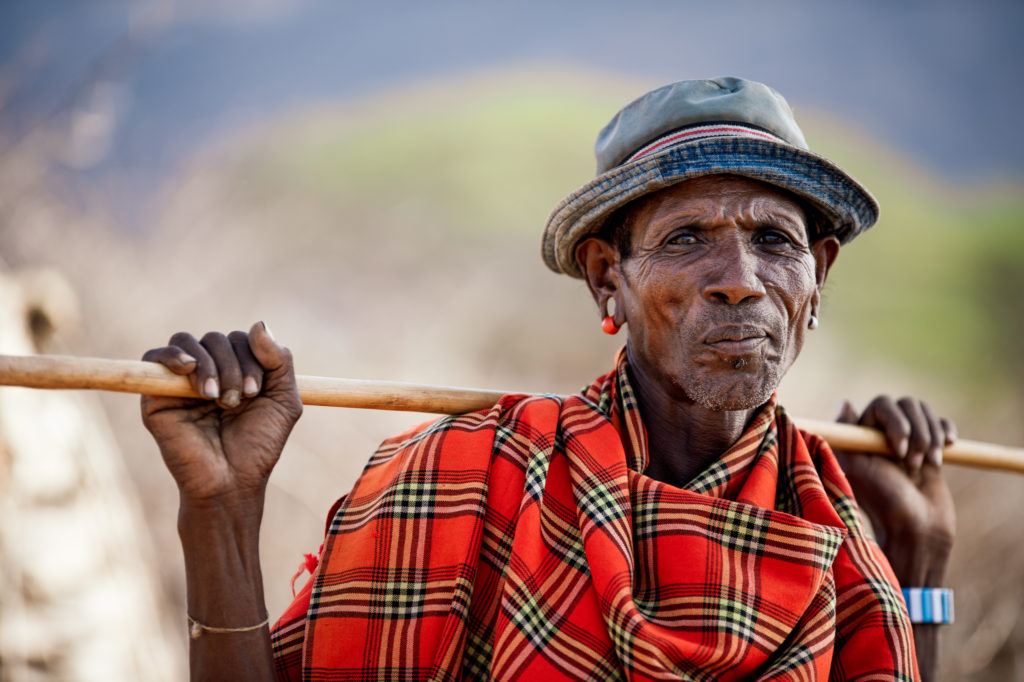
Your choice of moment is the strongest aspect of an image.
As we have said, documenting locations and cultures is fast moving. You need to know how to pre-identify the moments that matter, and be ready for them when they come.
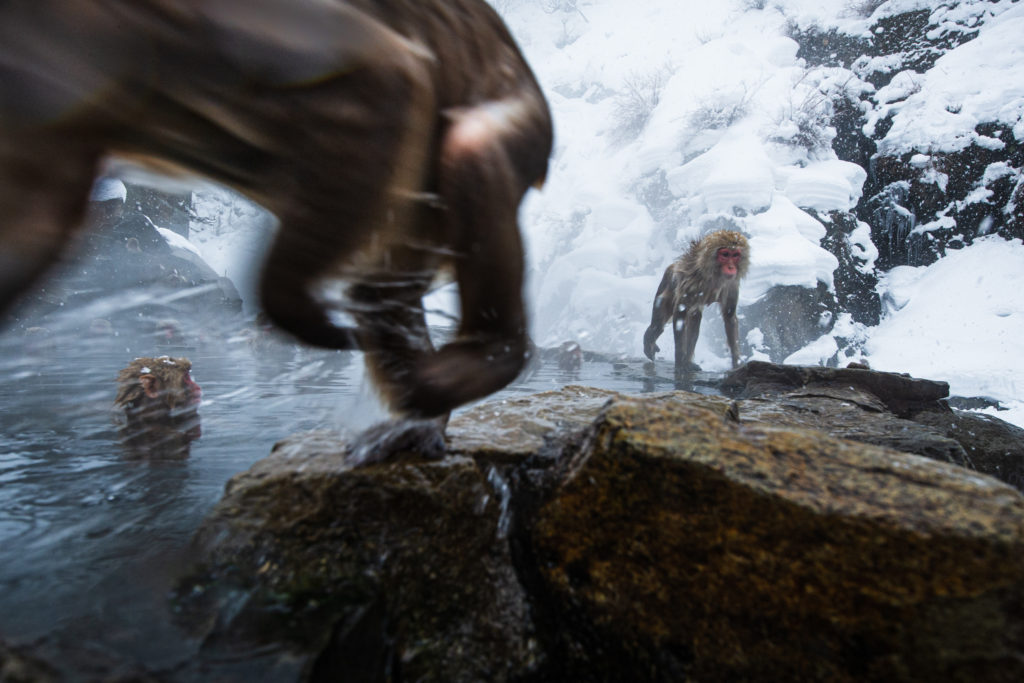
Take the rare gift. If there is a choice to push the shutter button or not, always push it. Never miss the action.
See above. And above. And above that. DON’T MISS THE MOMENT!
You can learn all of the settings, but if you play it safe and don’t take risks, you will miss the important shots.
Maybe the most important lesson in this class. You can know all the settings. You can know the shots you want. You can have patience. But if you don’t put yourself out of your comfort zone, if you don’t take risks, you are missing the best moments that make traveling and documenting it so rewarding.
I loved this class from David DuChemin. I can’t recommend this class, or his other classes, or his books, enough times. DuChemin is a master at weaving inspiration and teaching in a fun and easy to follow way.
Get enrolled in both ImageWork and ImageStory here, and remember to register before September 18th!
Disclaimer: I was given early access to this class in order to write this article, but I am not being financially compensated to tell you how good it is. It just is!
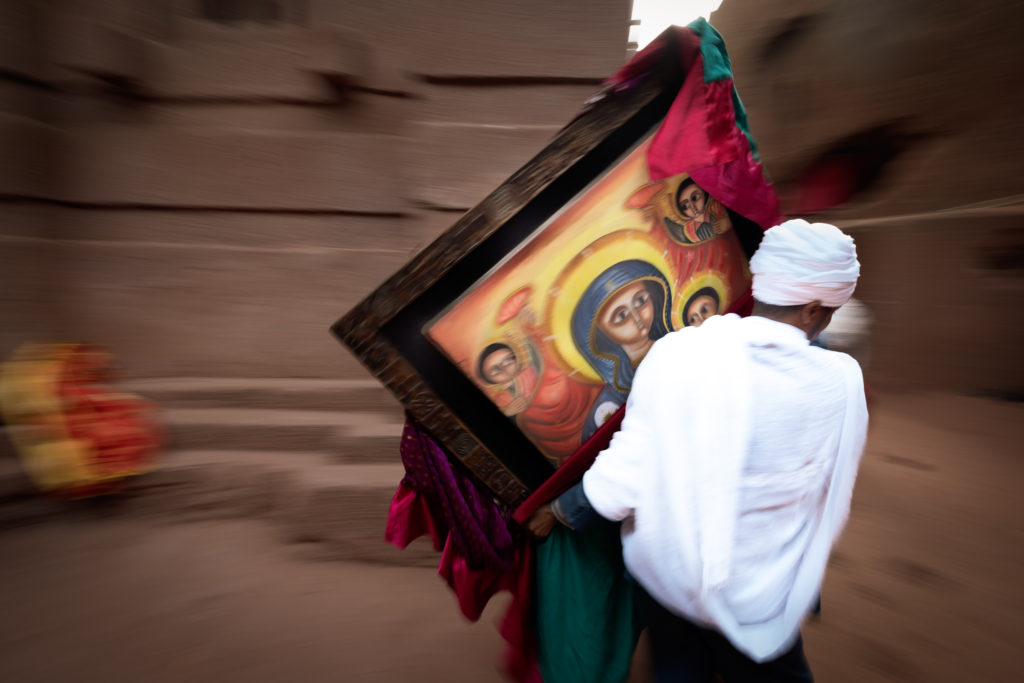
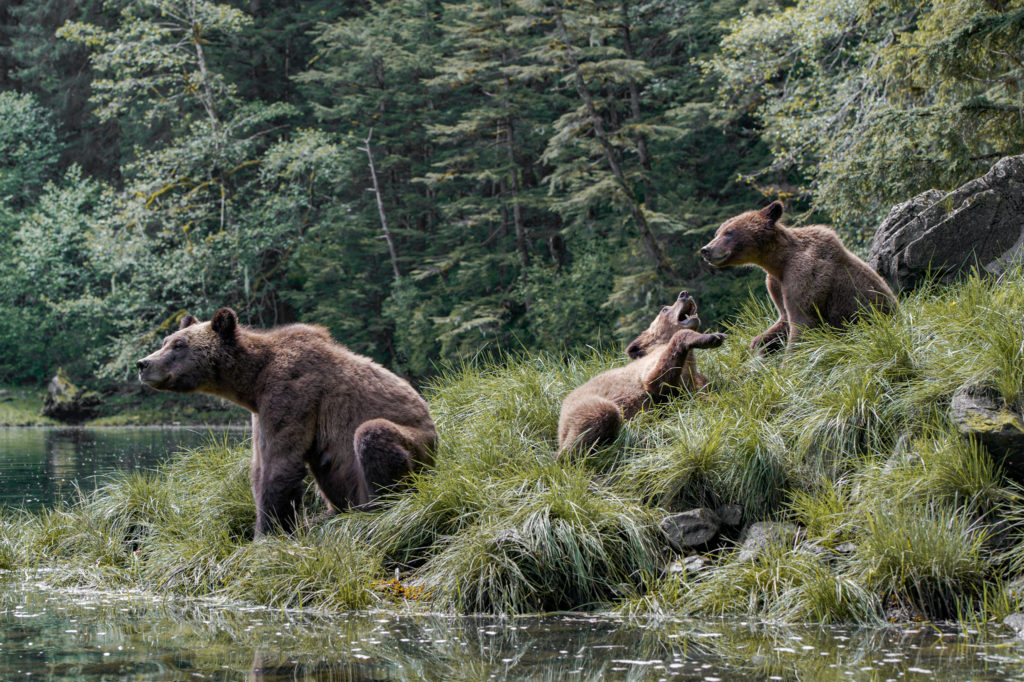
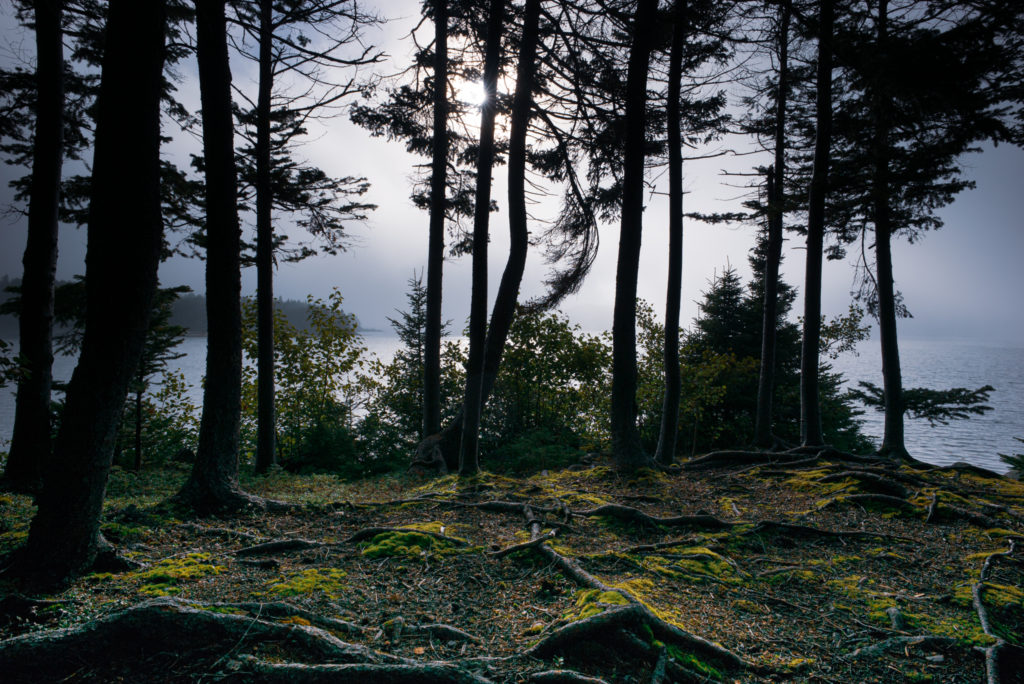
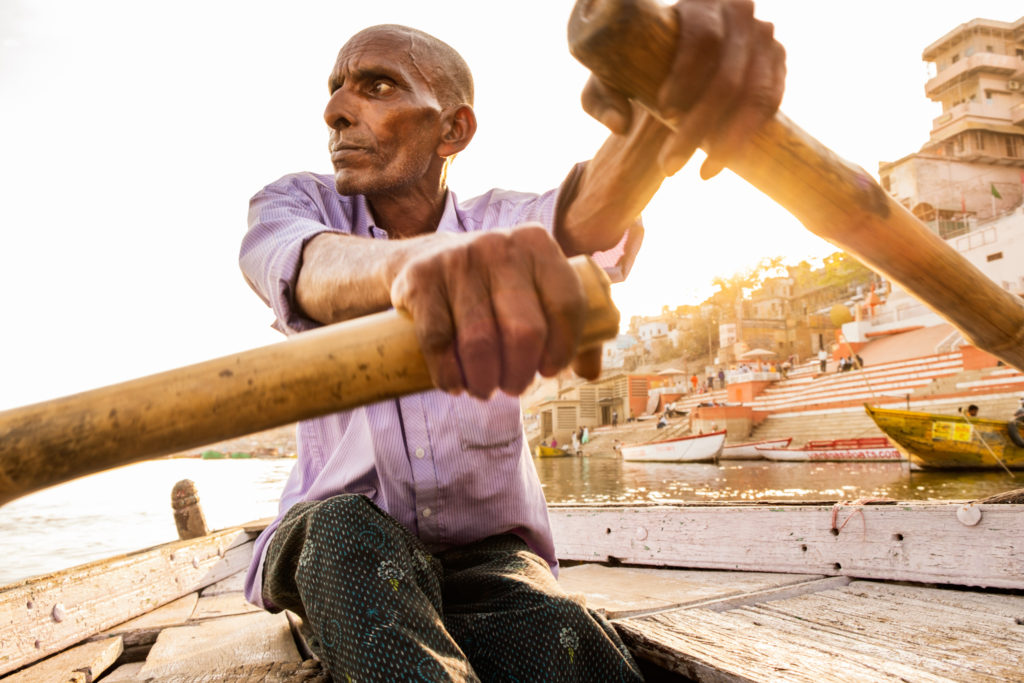


5 comments
w2o6ni
e3wtxt
4ovmeb
5ocsxn
4zryoh